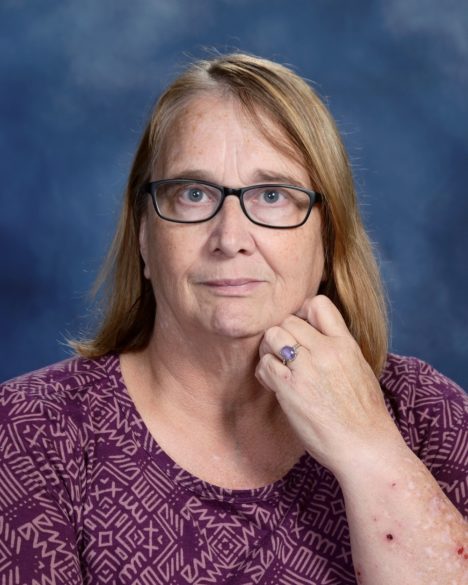THINGS OLD AND NEW
By Ruth Powers
Catholic saints have been in the news off and on over the last few weeks. A movie about St. Pio of Pietrelcina has just been released surrounded by discussion of the conversion of its star, Shia LeBeouf, to Catholicism. Pope John Paul I was beatified on Sept. 4 of this year, and a new documentary about Mississippi’s own Servant of God Sister Thea Bowman will debut on Oct. 2. This raises the question in many peoples’ minds: How does someone become recognized as a saint in the Catholic Church?

The church teaches that anyone in heaven is a saint, but there are certain people whose lives were examples of heroic virtue or who remained faithful to God through martyrdom who are solemnly recognized as models of virtue and intercessors before God and are worthy of special honor (veneration) by Catholics. This practice of recognizing certain people as worthy of special honor began in the ancient church with honoring martyrs who had given their lives for their faith in Christ and recognizing them as intercessors for those who were left behind. A little later, this recognition spread to “confessors,” who were people who stood up for their faith and suffered persecution for it but were not martyred.
In the first five centuries of the church, people were recognized as saints by the acclamation of the people. There was no formal process, and most saints were locally recognized holy men and women. By the sixth century, requests for recognition of a person as a saint had to be examined by the local bishop, and he then proclaimed whether the person was to be so honored. Beginning in the tenth century, the local bishop still made the initial examination of the person’s life and gathered as much eyewitness testimony as possible; but the results of this examination were then passed on to the Pope, who made the final determination. In 1588 Pope Sixtus set up a new office in the Vatican, the Congregation for Sacred Rites, to help with this process of determination of new saints (among other things). The process remained basically the same, with some minor changes, until 1983 when the current process was put in place.
According to the United States Conference of Catholic Bishops, there are three stages in the canonization process, with specific things that happen in each stage. The first stage is the examination of the life of a candidate for sainthood. The first phase of this stage takes place at the diocesan level. A petitioner, (which can be an organization within the diocese, a religious order, or a lay association of the faithful) asks the bishop to open an investigation into the life of the candidate. Although a five-year waiting period after the person dies is required, the Pope can dispense from this waiting period. The bishop consults with other bishops, the people of his diocese and the Holy See regarding beginning the investigation. Once he receives permission from the Holy See in Rome, the bishop sets up a tribunal to study the life of the person proposed for canonization and how they lived a life of heroic virtue, or the circumstances surrounding their martyrdom. Witnesses are called and documents by and about the person proposed are examined. If the decision is made at the local level to continue the process, the person is now called a “Servant of God.”
In the second phase of the examination, all documentation is then sent to the Congregation for the Causes of the Saints in the Vatican, where it is examined by nine theologians who vote on whether the candidate exemplified heroic virtue or suffered martyrdom. If a majority of the theologians agree, the evidence is then passed on to cardinals and bishops who are part of the Congregation. If they also agree, the prefect of the Congregation presents the entire cases to the Pope, who gives his approval and names the person “Venerable” if they have lived a virtuous life. If they were martyred, they receive the title of “Blessed” immediately.
At this point the second stage of the process, beatification, begins. For the beatification of a Venerable, there must be a verified miracle attributed to the intercession of that person after death, proven through an intensive investigation with extensive documentation. If the Congregation for the Causes of Saints concludes that a miracle has occurred, and the Pope has approved, the Venerable is given the title of “Blessed” and local public veneration is approved within the diocese or religious order where the petition for sainthood originated. No miracle is required for a martyr to be given the title of Blessed.
Once the candidate is named as Blessed, the final stage of the process begins—canonization. In this stage another miracle attributed to the intercession of the Blessed after beatification must be verified. The same process of examination and verification is followed as before. Once the miracle is verified the Pope then issues a decree of canonization and the person receives the title of “Saint.” This means the person may now be publicly venerated by the Universal Church.
(Ruth Powers is the program coordinator for St. Mary Basilica Parish in Natchez.)
